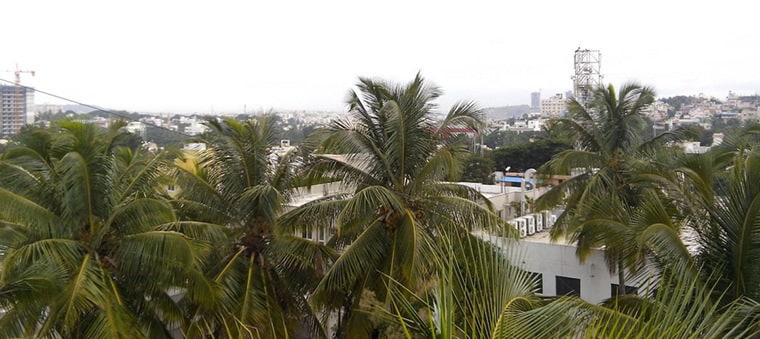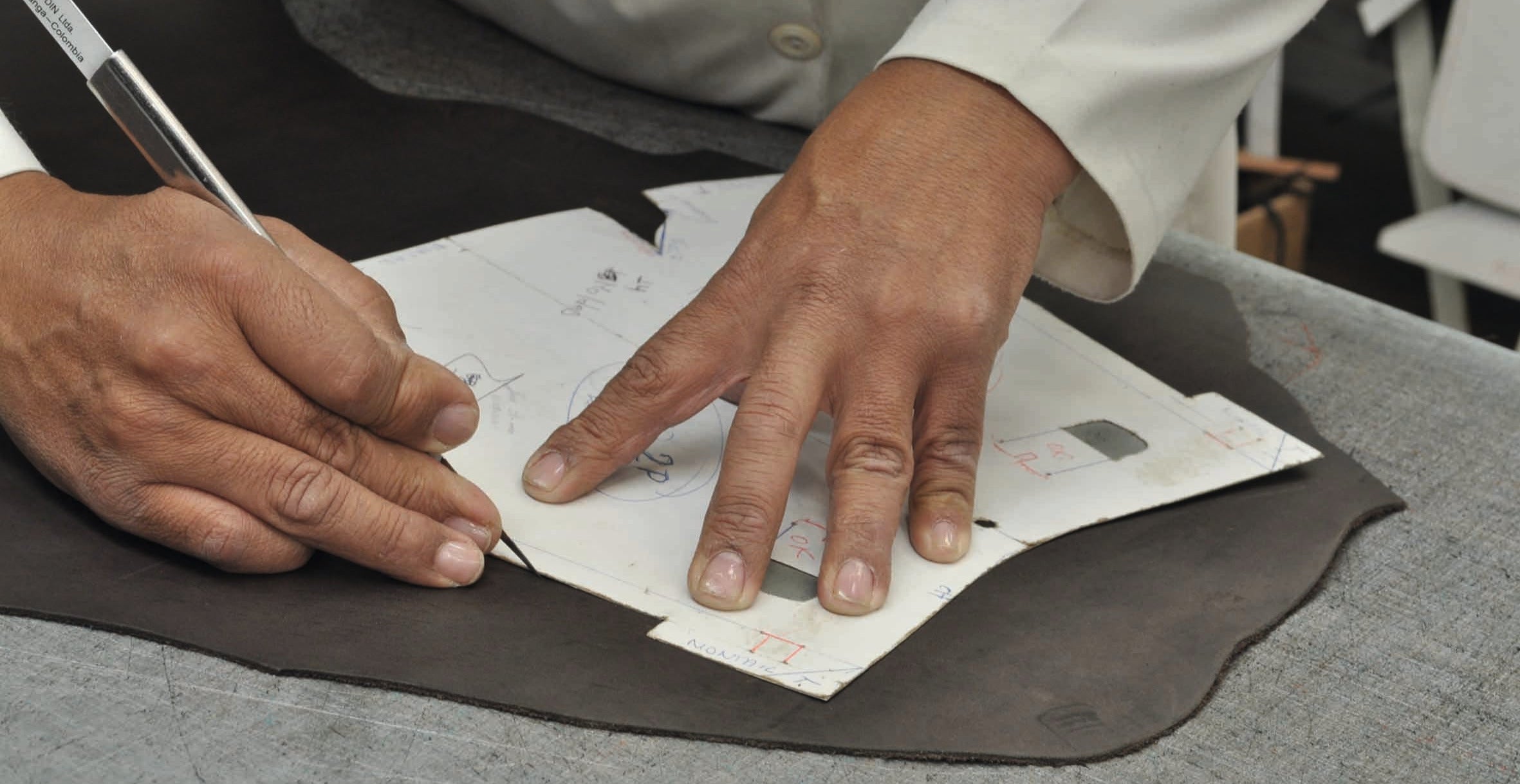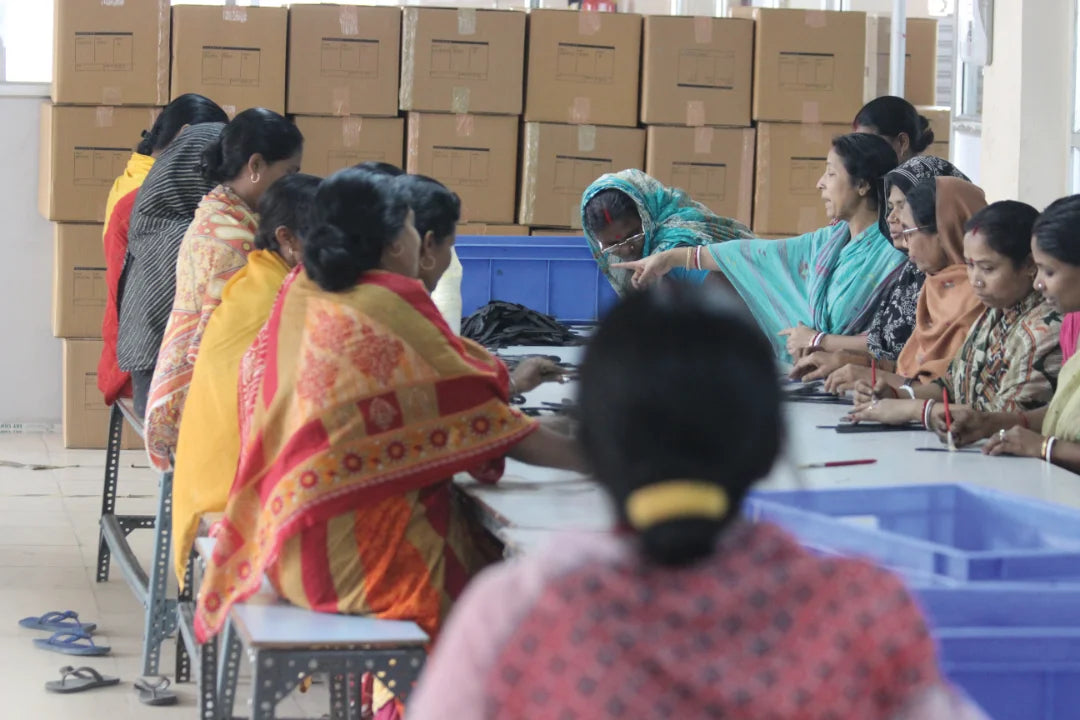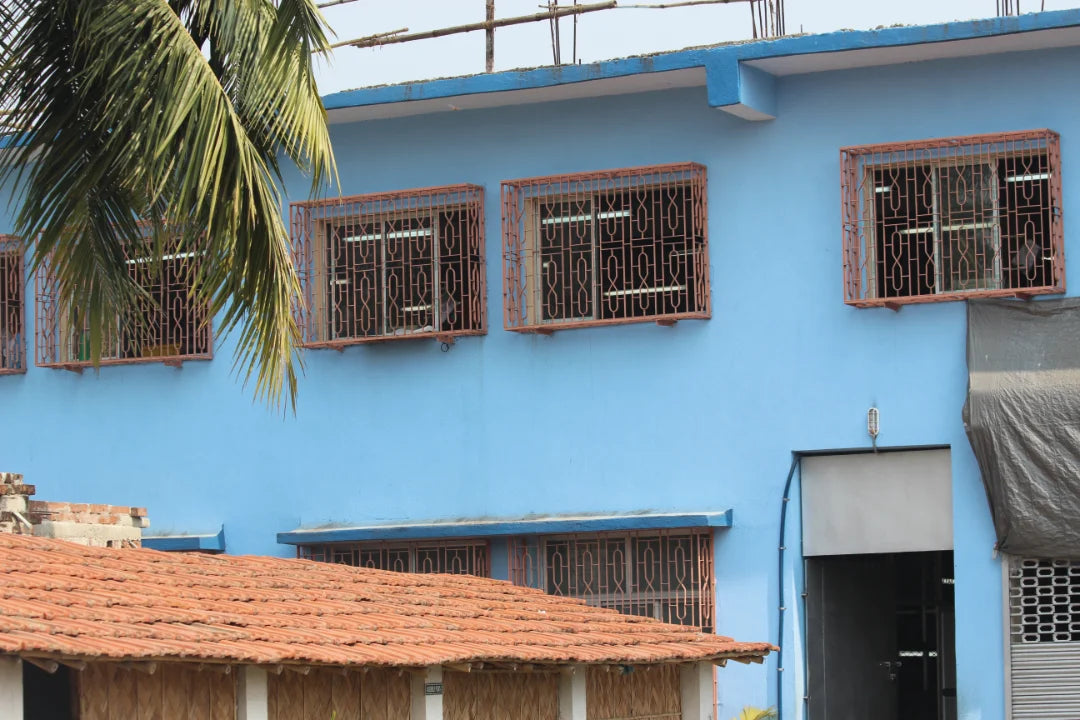Three countries, one manuscript
Our production in India
Story
The collaboration with the Indian manufacturer in Calcutta began in 1998. Three young brothers were looking for a partner in Germany. They contacted Harold's because they saw us as a partner who could, above all, impart their craftsmanship expertise. We initially began by producing simple shoulder bags, gradually building up craftsmanship in the fledgling production facility. Over the following years, the collection was expanded, and the manufacturer expanded into more sophisticated bag models and leather materials.
In this process, primarily waxed and oiled vegetable-tanned cowhide was used. This open-pored leather, typical of Harold's, is characterized by its high usability and durability. Harold's supported the careful development of the factory by evenly distributing orders, primarily to preserve the accumulated expertise. Maintaining and further developing this knowledge among the artisans is the foundation for the consistently high quality of Harold's bags.


Materials & Quality
The cow is sacred in India. However, 13% of the Indian population is Muslim. For this population, cattle herds are kept in eastern India for food production. The raw hide is processed in state-run slaughterhouses, where it is harvested and further processed by our partners.
With the new factory construction and the collaboration with SEDEX/Bureau Veritas, the greening of materials gradually became the focus. The transition is taking place in three areas:
Conversion from semi-vegetable leather to fully vegetable leather
Use of organic cotton fabrics as inner material for bags
Use of sustainable, flexible packaging made from organic cotton


Working conditions
Their joint efforts ultimately led to the construction of a new factory in 2005. Since then, our partners have been working together with SEDEX and the Veritas office. Both organizations pursue a concept that serves as a basis for companies to voluntarily integrate social and environmental concerns into their operations. The current 67 employees work for a salary that exceeds the legally prescribed minimum wage. This is regularly audited by the government. Contracts include social, health, and accident insurance, as well as 15 paid vacation days. Maternity leave comprises 90 paid days. Workers receive copies of their employment contracts and monthly payslips. The standard working hours are 48 hours per week (8 hours x 6 days). Overtime is permitted up to a maximum of 2 hours per day and is calculated at double the hourly rate (200%). The minimum age is 14 years.
However, full-time work may only be requested and performed from the age of 18. There is no homework and no migrant labor, which promotes high workmanship quality.
The company has a workers' committee that meets monthly and negotiates wages and employee concerns. This is stipulated in the contract. Working hours and breaks are regulated, and overtime is paid and does not exceed legal requirements.
An equal opportunities policy is in place to prevent discrimination. Workers have a contact person they can turn to in confidence. Illnesses such as HIV infection have no impact on employment or working conditions.


